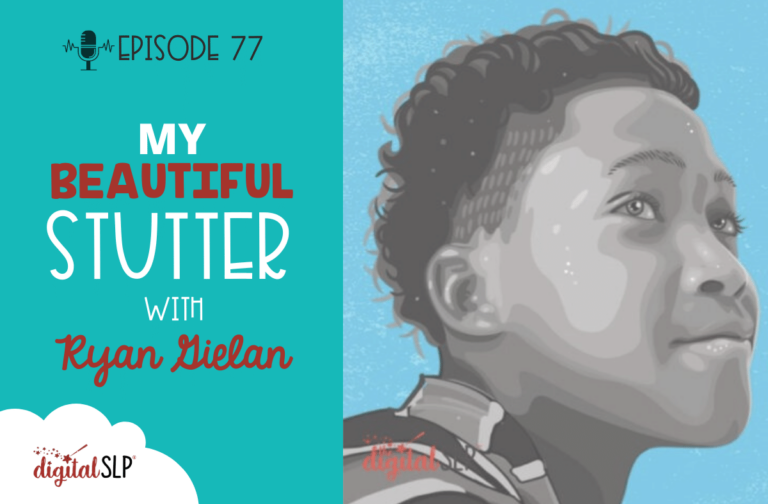In this episode, I will be talking about how to integrate virtual reality, or VR, into speech therapy. Essentially, VR involves using computer technology to create a simulated 3D environment.
Virtual Reality (VR) offers numerous applications across different patient profiles. It’s particularly useful for the generalization of skills by offering simulated environments beyond the traditional therapy room. For example, ‘withVR’ is an app designed for people who stutter, allowing them to practice in realistic virtual settings, thus making therapy more effective and applicable to real-world contexts.
In the case of autism, VR serves as a controlled environment to practice social skills and deal with anxiety. Applications like Google Street View can help autistic students prepare for field trips. VR also caters to their specific interests, thereby increasing engagement.
For language development, VR apps offer countless opportunities for descriptive, inferential, and interrogative skill-building. There are specialized apps for art, science, and even curriculum-based activities like Bill Nye the Science Guy kits.
However, it’s essential to proceed with caution. VR isn’t advisable for those with specific neurological conditions, such as epilepsy. Physical safety is another concern; VR users, engrossed in the virtual world, may be unaware of their real-world surroundings. VR is also generally not recommended for children under 10.
In summary, while VR has vast potential in speech therapy, it is crucial to evaluate its appropriateness on a case-by-case basis, considering both its benefits and limitations.
Want to stay in the loop for new speech therapy ideas and inspirations? I have put together a free Digital SLP podcast to share insight and tips on implementing your speech therapy sessions. If you are looking for fun and interactive speech therapy materials that students and SLPs both will love, check out what the Digital SLP® membership site has to offer, or sign up for our free trial now. Alternatively, check out our TpT store.
- Apollo 11 VR
- BNext Headset
- Bill Nye’s VR Science Kit | Virtual Reality Science Kit For Kids – STEM Educational Toy – Abacus Brands
- Brundage, S.B., & Hancock, A.B. (2015). Real enough: Using virtual speaking environments to evoke feelings and behaviors targeted in stuttering assessment and treatment. American Journal of Speech-Language Pathology. 24(2), 139-149. https://doi.org/10.1044/2014_AJSLP-14-0087
- Google Cardboard Alternatives
- Instructions for Building a Cardboard Headset (scroll down to download the instructions)
- King Tut VR
- MEL VR Science Simulations
- Merge Cube
- Merge Headset
- Meta Quest
- Ocean Rift
- The Stuttering Iceberg
- Tilt Brush
- Virtual Reality for Speech Therapy? SOON!
- https://withvr.app/













Recent Comments